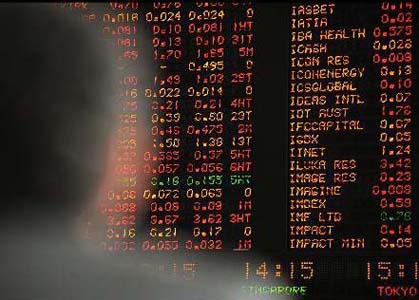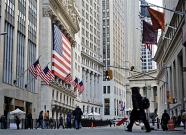Stocks rise as jobs report provides some hope
‘The overall picture is things are getting better,’ says one senior trader
updated 6:32 p.m. ET Sept. 4, 2009
NEW YORK - Stocks jumped in light trading Friday after the government reported that the pace of job losses slowed in August to the lowest level in a year.
The Dow Jones industrial average gained 97 points to halve its loss for the week after the Labor Department said employers cut fewer workers last month. However, the report also showed that the ranks of the unemployed swelled to 9.7 percent, the highest level since June 1983.
Analysts had been expecting the rate to increase to 9.5 percent after unexpectedly dipping in July. The increase initially spooked the market, but stocks later recovered their losses and moved higher. Many economists expect the rate to top 10 percent by early next year.
Employers cut 216,000 jobs last month, fewer than the 276,000 lost in July and better than the 225,000 figure analysts had been expecting. Traders said it was an encouraging sign that the labor market could righting itself.
"The overall picture is things are getting better," said Ryan Larson, senior equity trader at Voyageur Asset Management.
Unemployment is widely seen as the economy's biggest hurdle to recovery, and concerns about it have been weighing on the stock market. As long as job losses remain high, consumers could hold off spending money, which the U.S. economy badly needs to resume growth.
"The market is looking at directional changes, and so at this state of the economic recovery I think the fact that you see unemployment rising shouldn't be that surprising," said Thomas K. R. Wilson, managing director, institutional investments group at Brinker Capital in Berwyn, Pa.
Analysts said that the thin trading volume before the long holiday weekend made it difficult to conclude that a shift in investor sentiment was occurring. Markets will be closed on Monday for Labor Day.
Stock trading has been erratic over the past few weeks as a six-month rally slowed on worries that the market's rise of more than 50 percent since March has been overdone.
The Dow rose 96.66, or 1 percent, to 9,441.27. The Standard & Poor's 500 index rose 13.16, or 1.3 percent, to 1,016.40, while the Nasdaq composite index added 35.58, or 1.8 percent, to 2,018.78.
About four stocks rose for every one that fell on the New York Stock Exchange, where consolidated volume came to a low 4.1 billion shares, compared with 4.7 billion Thursday.
For the week, the Dow lost 103 points, or 1.1 percent. The S&P 500 index lost 1.2 percent and the Nasdaq slipped 0.5 percent.
Some analysts said the market overreacted to the jobs report. Dan Cook, senior market analyst at IG Markets in Chicago, said the economy isn't strong enough to support the market at its current levels.
"Employers are not going to be looking to add to staffs any time soon," Cook said.
Still, there were signs that investors were becoming less fearful after a four-day slide in stocks that ended Thursday. The losses included a 186-point plunge on Monday that came on worries about the health of banks and the overall economy.
Demand for the safety of government debt fell, pushing yields higher. The yield on the benchmark 10-year Treasury note rose to 3.45 percent from 3.35 percent late Thursday.
The Chicago Board Options Exchange's Volatility Index — known as the market's "fear index" — fell 6.8 percent to 25.3. It's down 36.9 percent in 2009 and its historical average is 18-20. It surged to a record 89.5 in October at the height of the financial crisis.
Analysts said a test of the market will come later in the month as traders return from vacation and raise more questions about whether investors have bet too soon the economy's ability to recover.
In downturns in the past 60 years, the S&P 500 index has reached a bottom an average of four months before a recession ended and about nine months before unemployment reached its peak. The index, which is the basis of many mutual funds, hit a 12-year low in March.
Some traders are also concerned about the market's track record for September, which has been the worst month for stocks over the past 80 years. Since 1929, the S&P 500 index has lost an average 1.3 percent during the month. But the index has gained about 2 percent in the 14 Septembers that followed the end of bear markets.
In other trading, the dollar was mixed against other major currencies, while gold prices retreated after hitting a six-month high of near $1,000.
Light, sweet crude rose 6 cents to settle at $68.02 a barrel on the New York Mercantile Exchange.
The Russell 2000 index of smaller companies rose 8.01, or 1.4 percent, to 570.50.
Overseas, Britain's FTSE 100 rose 1.2 percent, Germany's DAX index rose 1.6 percent, and France's CAC-40 added 1.3 percent. Japan's Nikkei stock average fell 0.3 percent.
 As a result of its talks with Mitsubishi UFJ Financial Group Inc. - about terms of the $9 billion cash infusion - the Wall Street firm, Morgan Stanley, registered a rise of in German trading. It went up 31% from its close.
As a result of its talks with Mitsubishi UFJ Financial Group Inc. - about terms of the $9 billion cash infusion - the Wall Street firm, Morgan Stanley, registered a rise of in German trading. It went up 31% from its close.  The Australian dollar climbed today versus most of the 16 main traded currencies as the national central bank affirmed that the largest financial institutions in the country showed themselves resilient from the crisis and are helping the country to recover from the worst recession in decades.
The Australian dollar climbed today versus most of the 16 main traded currencies as the national central bank affirmed that the largest financial institutions in the country showed themselves resilient from the crisis and are helping the country to recover from the worst recession in decades. After three days without financial activities in Japan due to a national holiday, speculations suggested that Japanese capital invest abroad was repatriated today before the end of the fiscal year’s first half in Asia’s wealthiest nation, improving the yen’s sentiment in foreign-exchange markets.
After three days without financial activities in Japan due to a national holiday, speculations suggested that Japanese capital invest abroad was repatriated today before the end of the fiscal year’s first half in Asia’s wealthiest nation, improving the yen’s sentiment in foreign-exchange markets. The dollar changed its losing trend after the
The dollar changed its losing trend after the 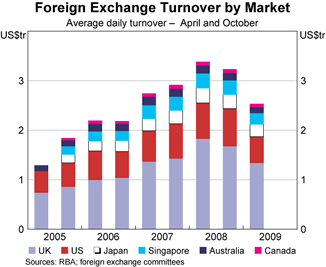
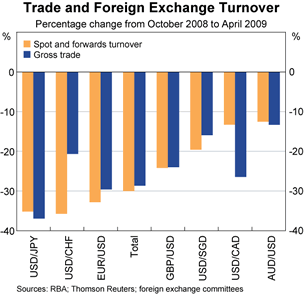
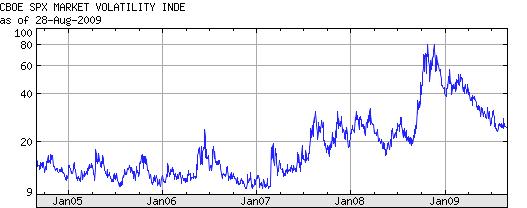


 Showing its resilience in the midst of the economic turbulence, Internet giant Google Inc. posted a 26% profit increase and a 31% revenue jump for the third quarter. The reassuring performance, surpassing forecasts by analysts, lifted Google shares by more than 10% late Thursday.
Showing its resilience in the midst of the economic turbulence, Internet giant Google Inc. posted a 26% profit increase and a 31% revenue jump for the third quarter. The reassuring performance, surpassing forecasts by analysts, lifted Google shares by more than 10% late Thursday. 

 A worldwide economic slowdown has NBC Universal on a budget, with $500-million or about 3% of the company’s annual budget in spending cuts scheduled for next year.
A worldwide economic slowdown has NBC Universal on a budget, with $500-million or about 3% of the company’s annual budget in spending cuts scheduled for next year.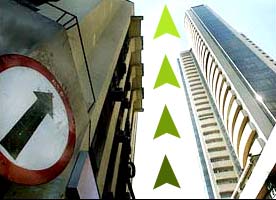
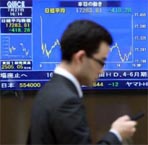 Tokyo - Tokyo stocks rose upon opening Thursday after the Federal Reserve said it would buy more than 1 trillion dollars in bonds, but they ended the morning session lower as the US central bank's move caused the dollar to fall against the yen, hitting exporters' shares.
Tokyo - Tokyo stocks rose upon opening Thursday after the Federal Reserve said it would buy more than 1 trillion dollars in bonds, but they ended the morning session lower as the US central bank's move caused the dollar to fall against the yen, hitting exporters' shares. Indian equities opened on a positive note on the back of optimistic global signals and Federal Reserve decision to buy up to $300 billion in long-term U.S. government bonds to boost the nation's economic system.
Indian equities opened on a positive note on the back of optimistic global signals and Federal Reserve decision to buy up to $300 billion in long-term U.S. government bonds to boost the nation's economic system. Manila - Philippine shares rose 3.01 per cent Friday as investors hunted for bargains after days of lackluster trading.
Manila - Philippine shares rose 3.01 per cent Friday as investors hunted for bargains after days of lackluster trading.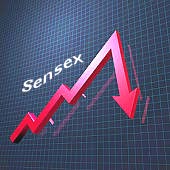 With a bleak opening, the BSE Sensex is likely to halt a two-day rise in today’s session.
With a bleak opening, the BSE Sensex is likely to halt a two-day rise in today’s session.
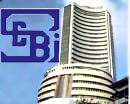 Market regulator Security and Exchange Board of India plans to introduce new derivative products like lower-value contracts on individual stocks in the domestic derivative market in a bid to encourage retail investors in the option and future market.
Market regulator Security and Exchange Board of India plans to introduce new derivative products like lower-value contracts on individual stocks in the domestic derivative market in a bid to encourage retail investors in the option and future market. 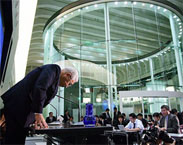
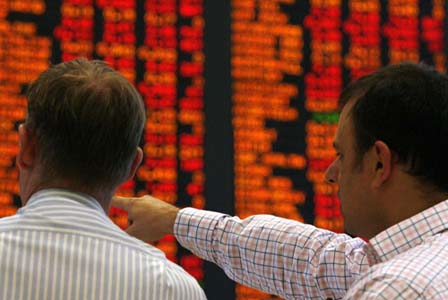
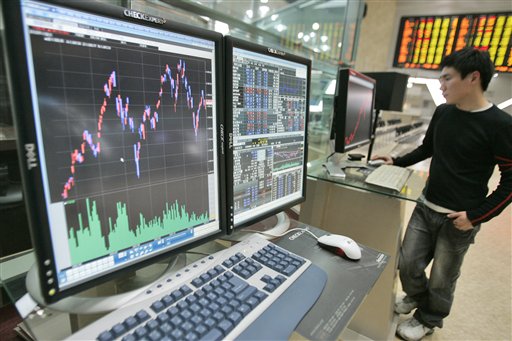 Seoul - Shares climbed 2.4 per cent Monday on the Seoul stock exchange on eased concerns over the economy. South Korea's currency surged to a one month-high against the dollar.
Seoul - Shares climbed 2.4 per cent Monday on the Seoul stock exchange on eased concerns over the economy. South Korea's currency surged to a one month-high against the dollar.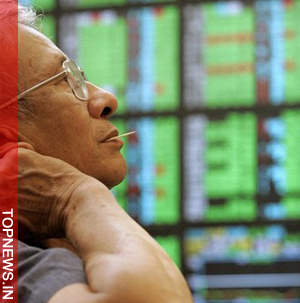 Taipei - Taiwan stocks rose 3.28 per cent Monday to a five-month closing high, bolstered by the technology sector, dealers said.
Taipei - Taiwan stocks rose 3.28 per cent Monday to a five-month closing high, bolstered by the technology sector, dealers said.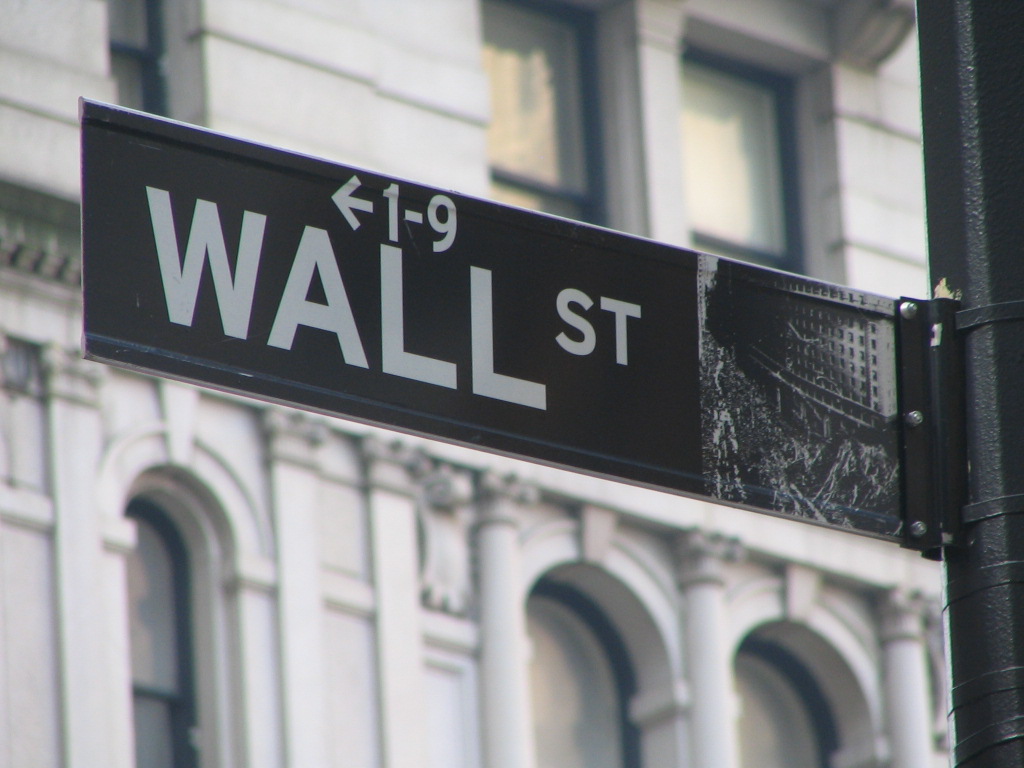
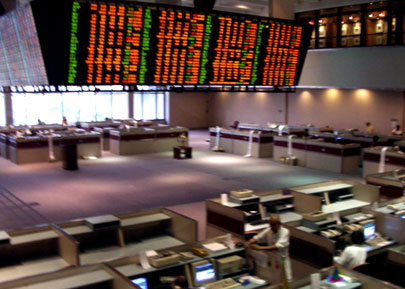 Manila - Philippine share prices rose 2.05 per cent for the second straight day Tuesday on hopes that a US plan to rid banks of toxic assets would put financial markets on the road to recovery.
Manila - Philippine share prices rose 2.05 per cent for the second straight day Tuesday on hopes that a US plan to rid banks of toxic assets would put financial markets on the road to recovery.